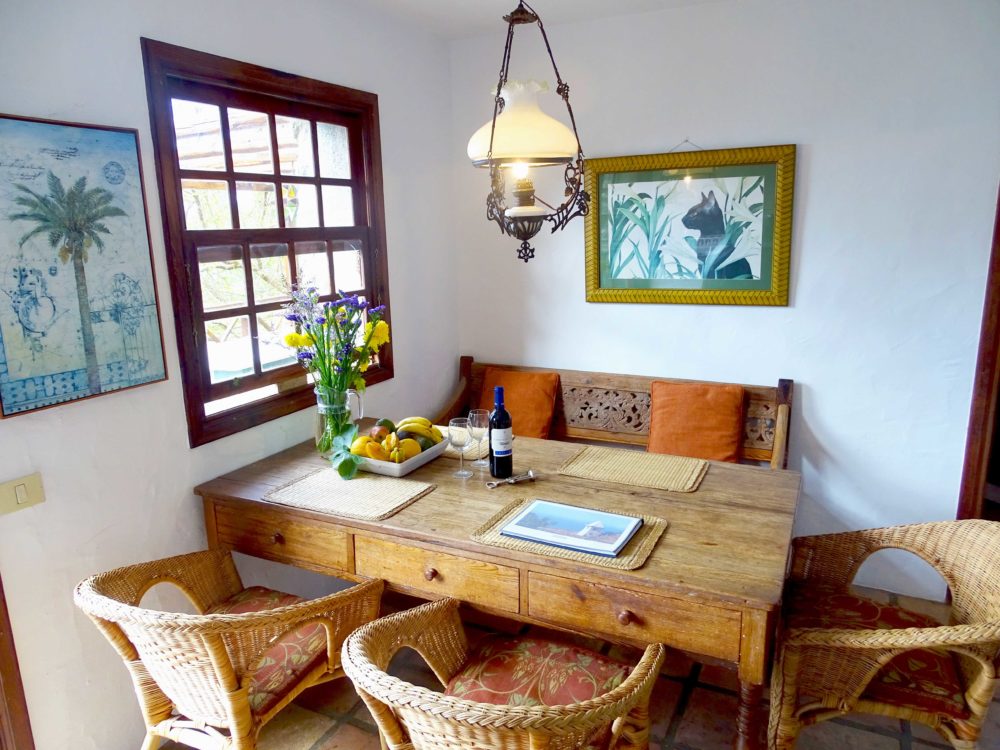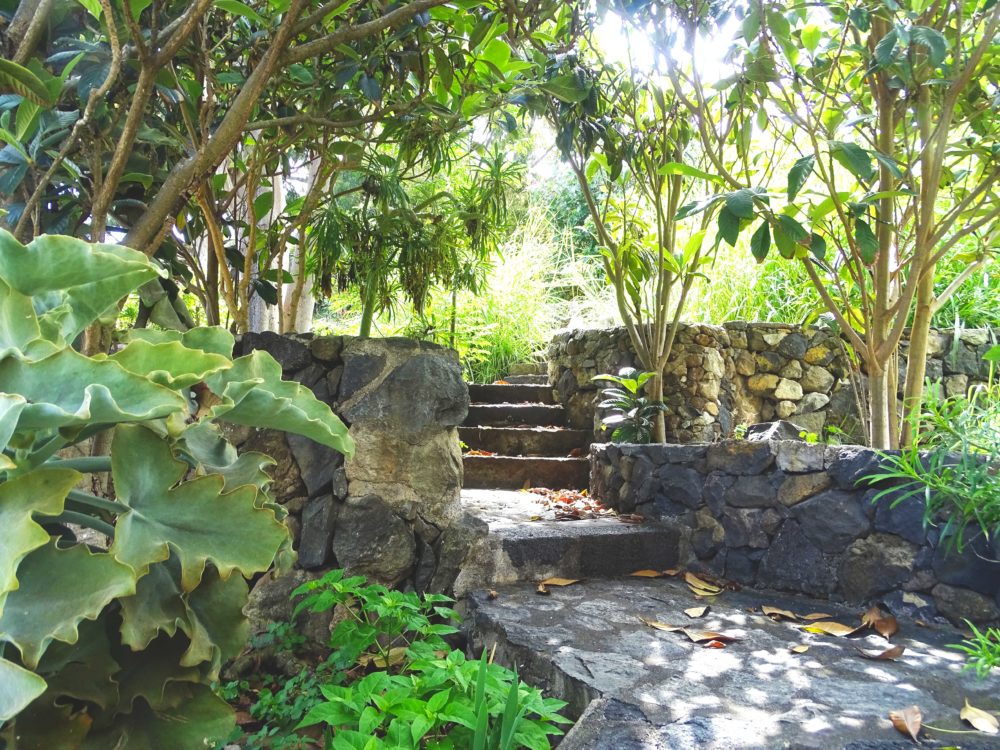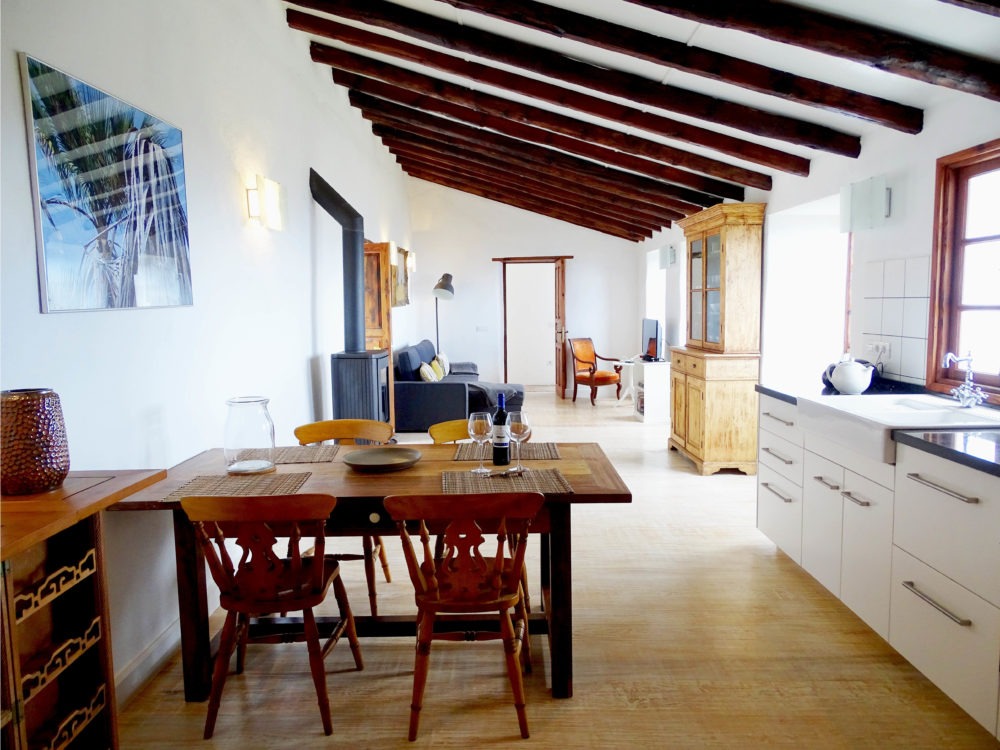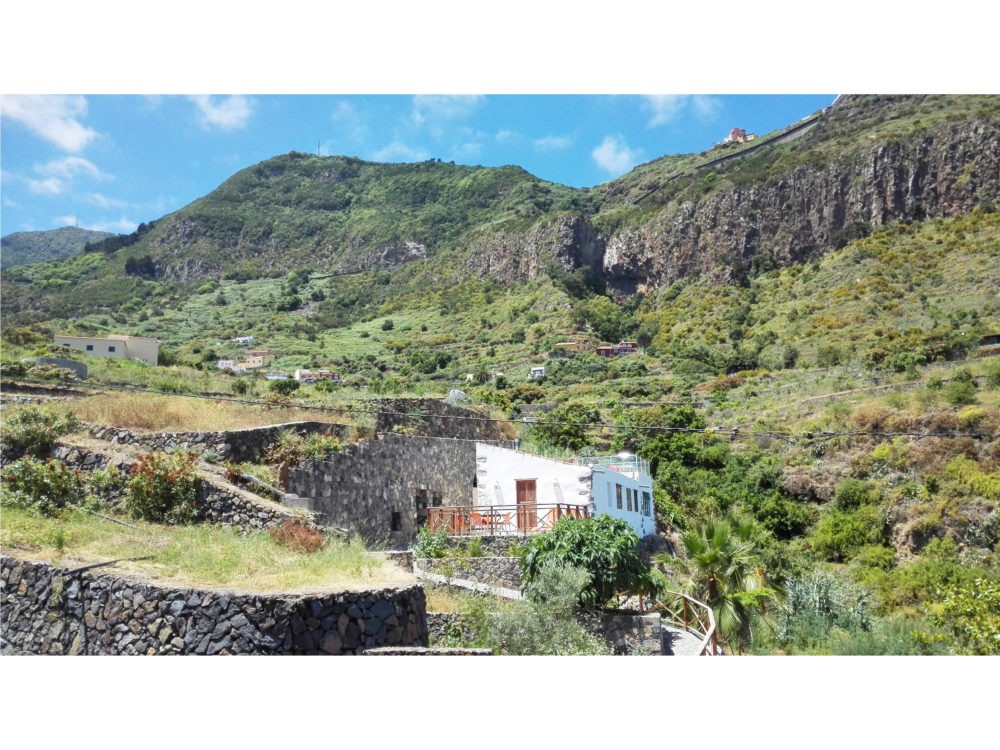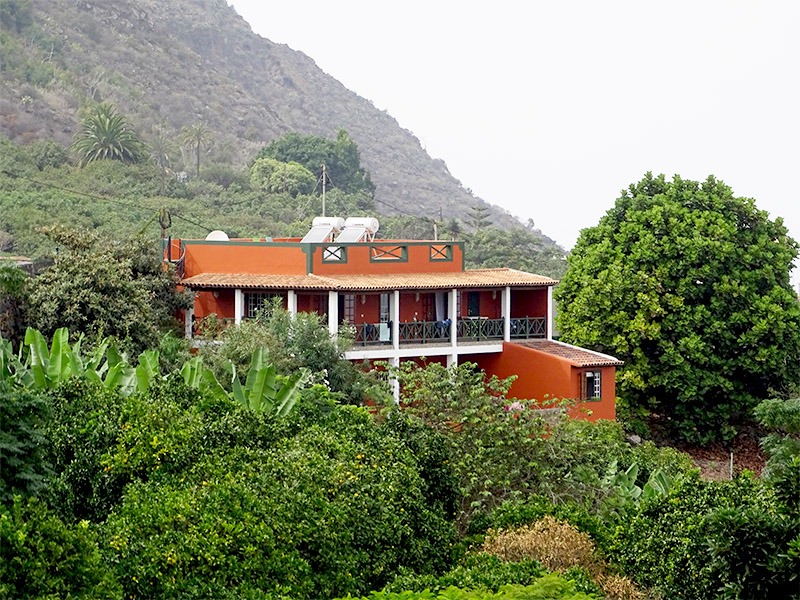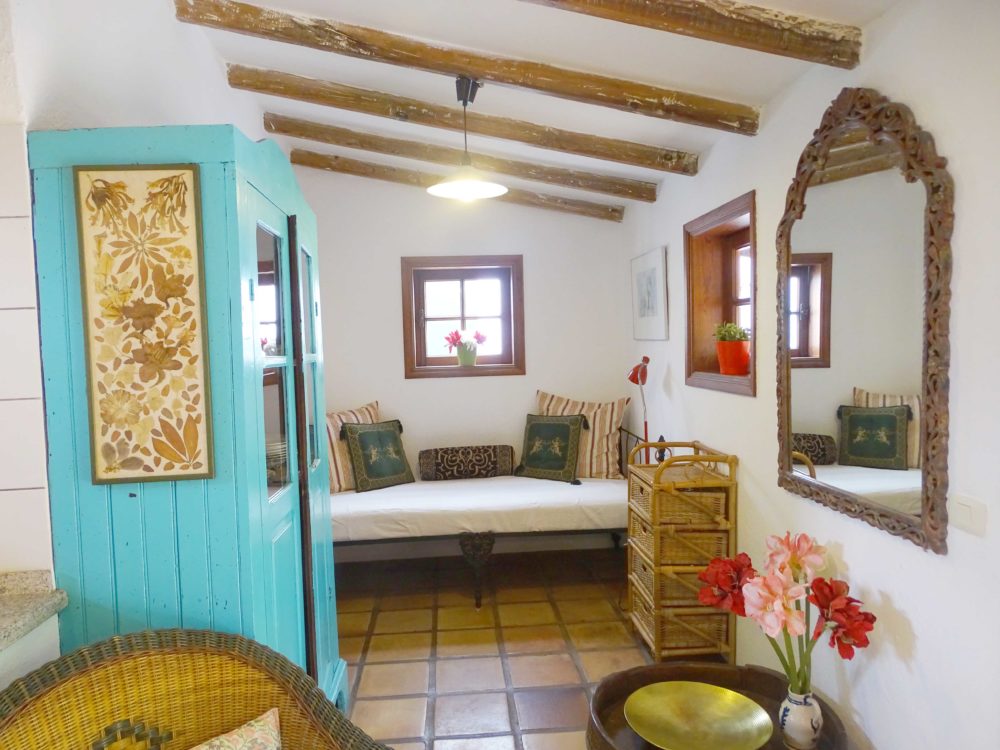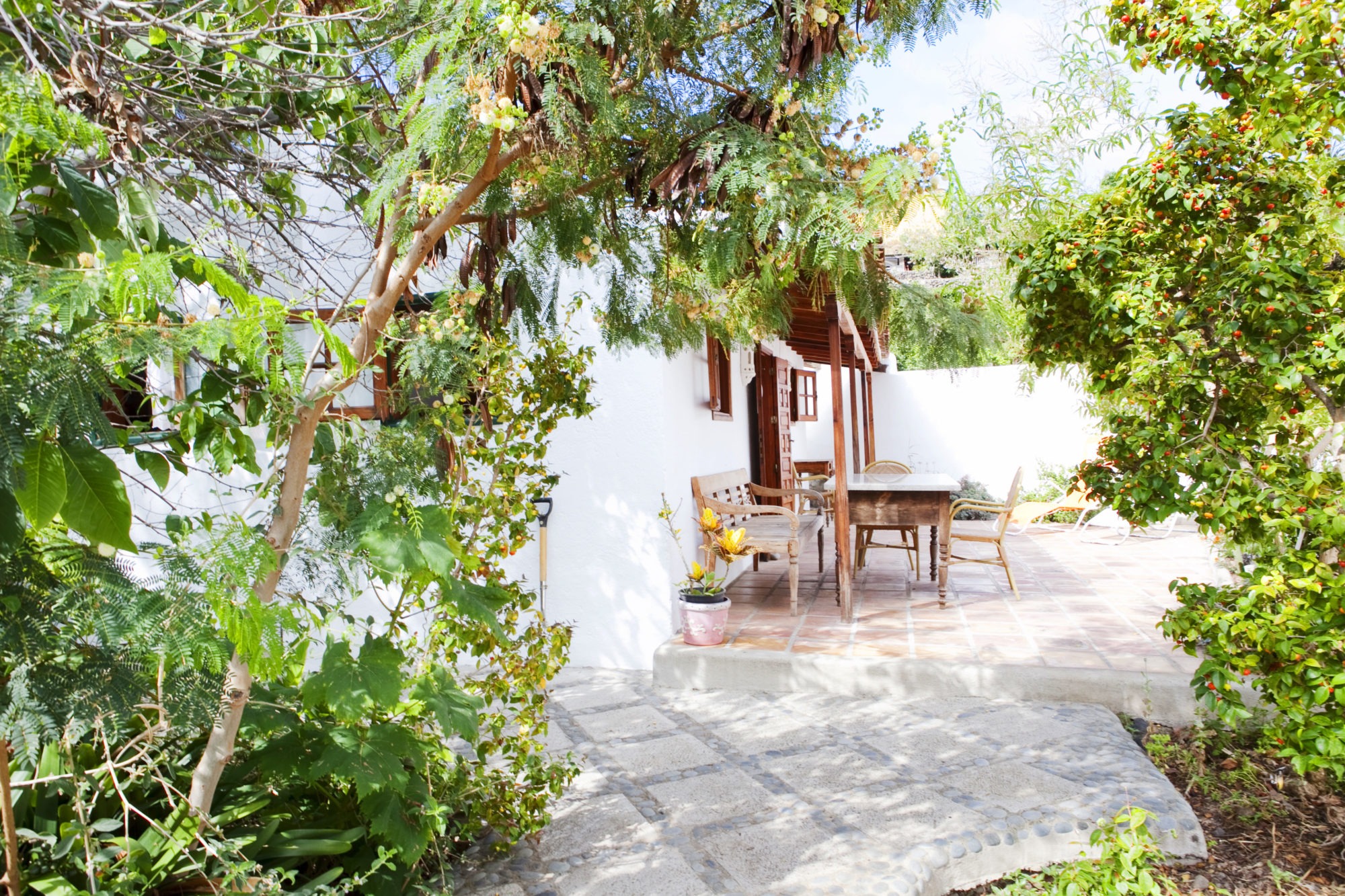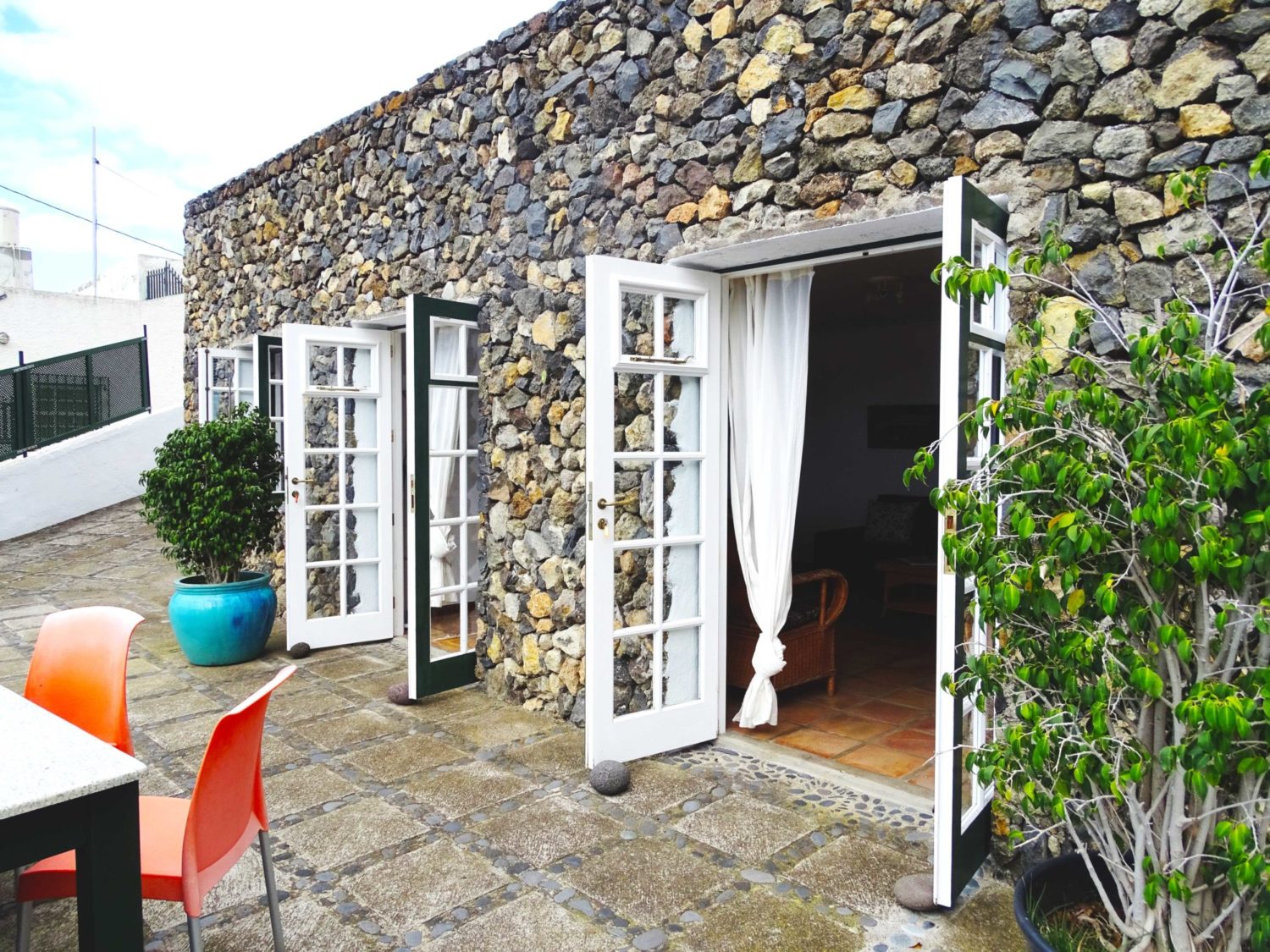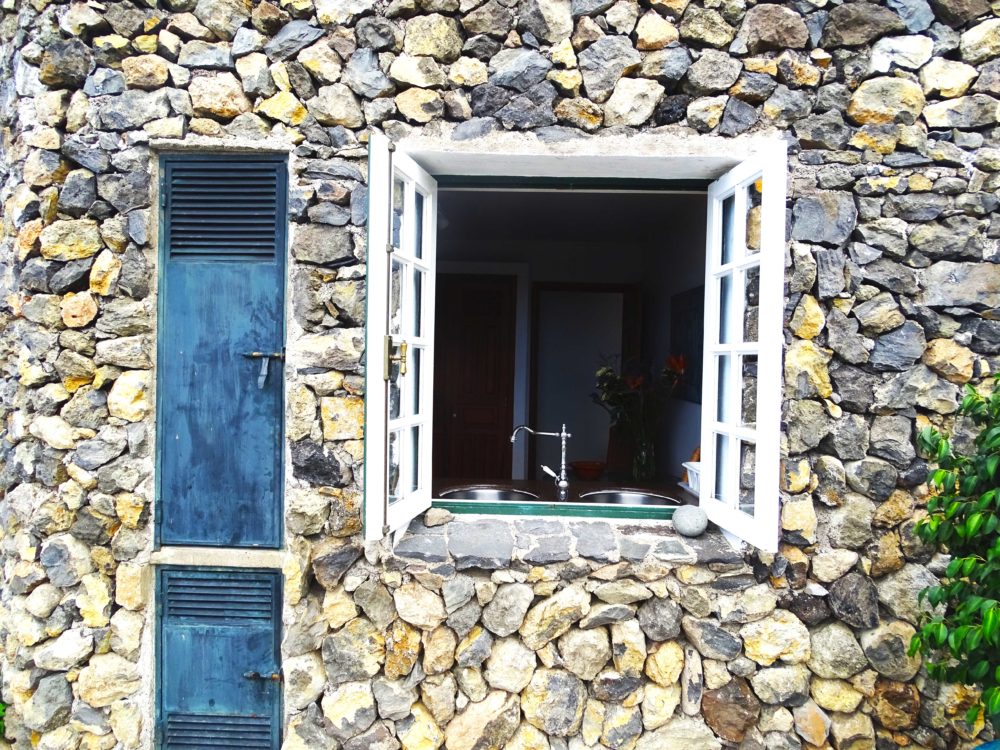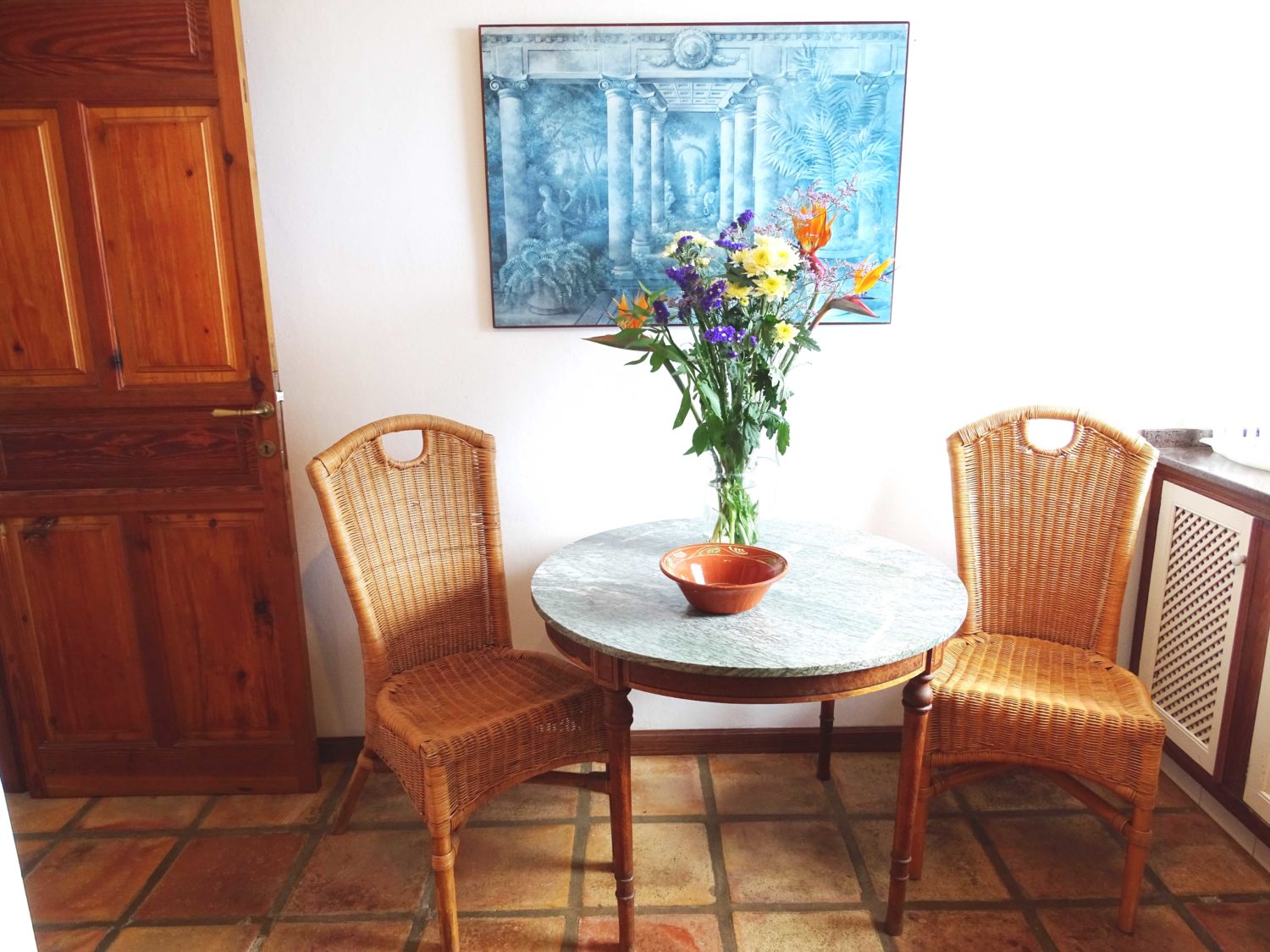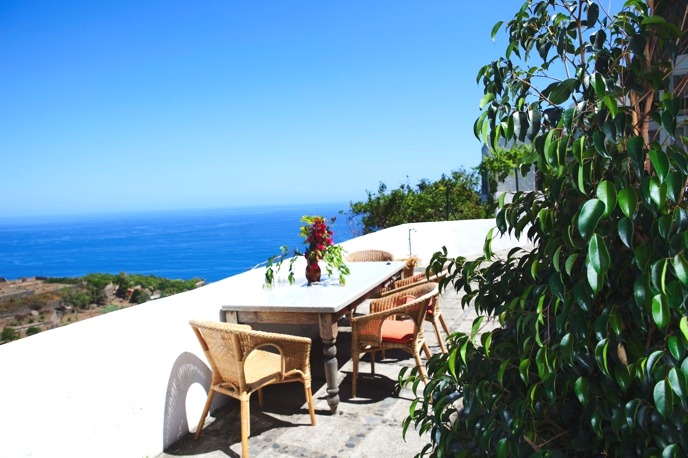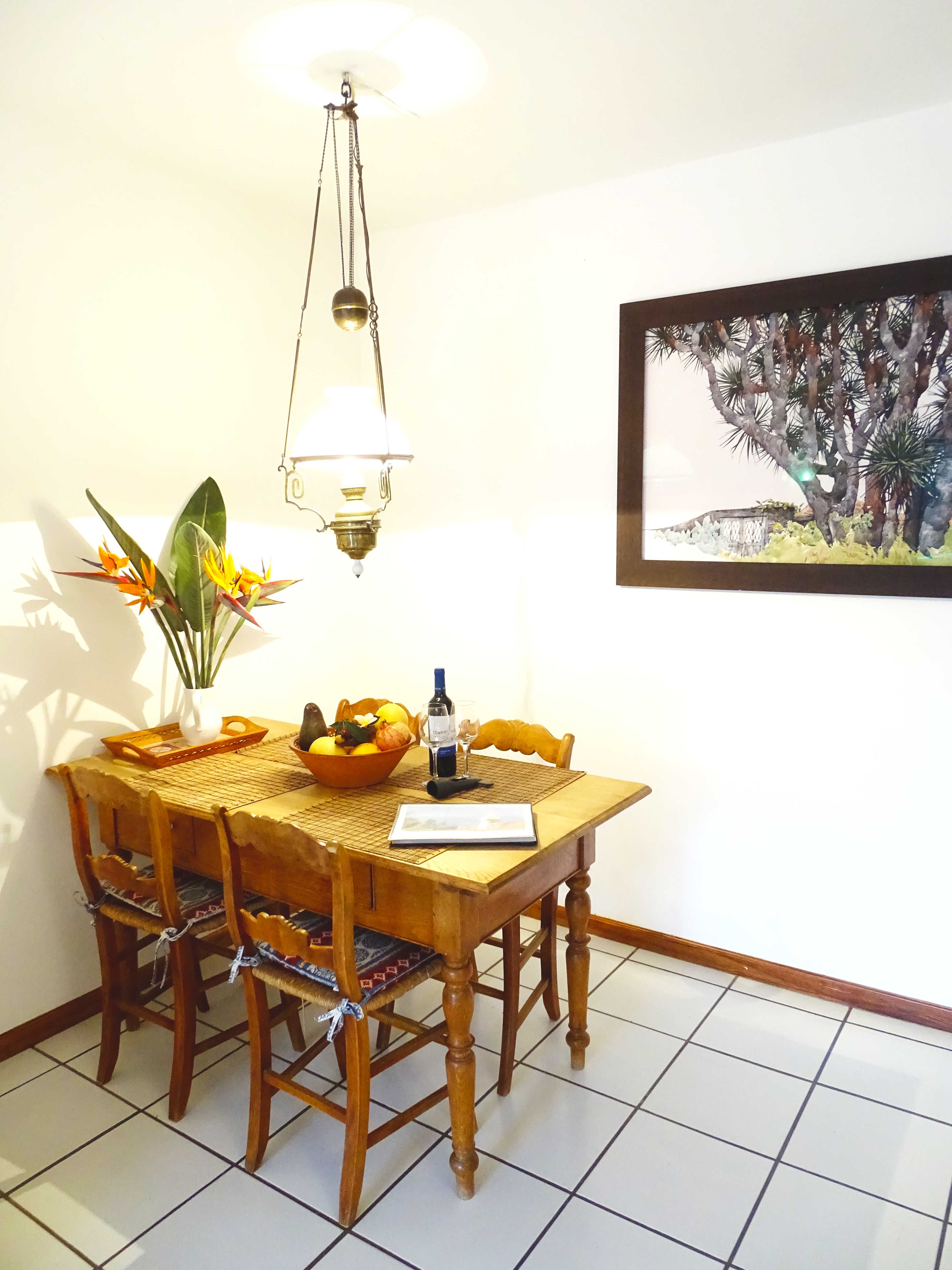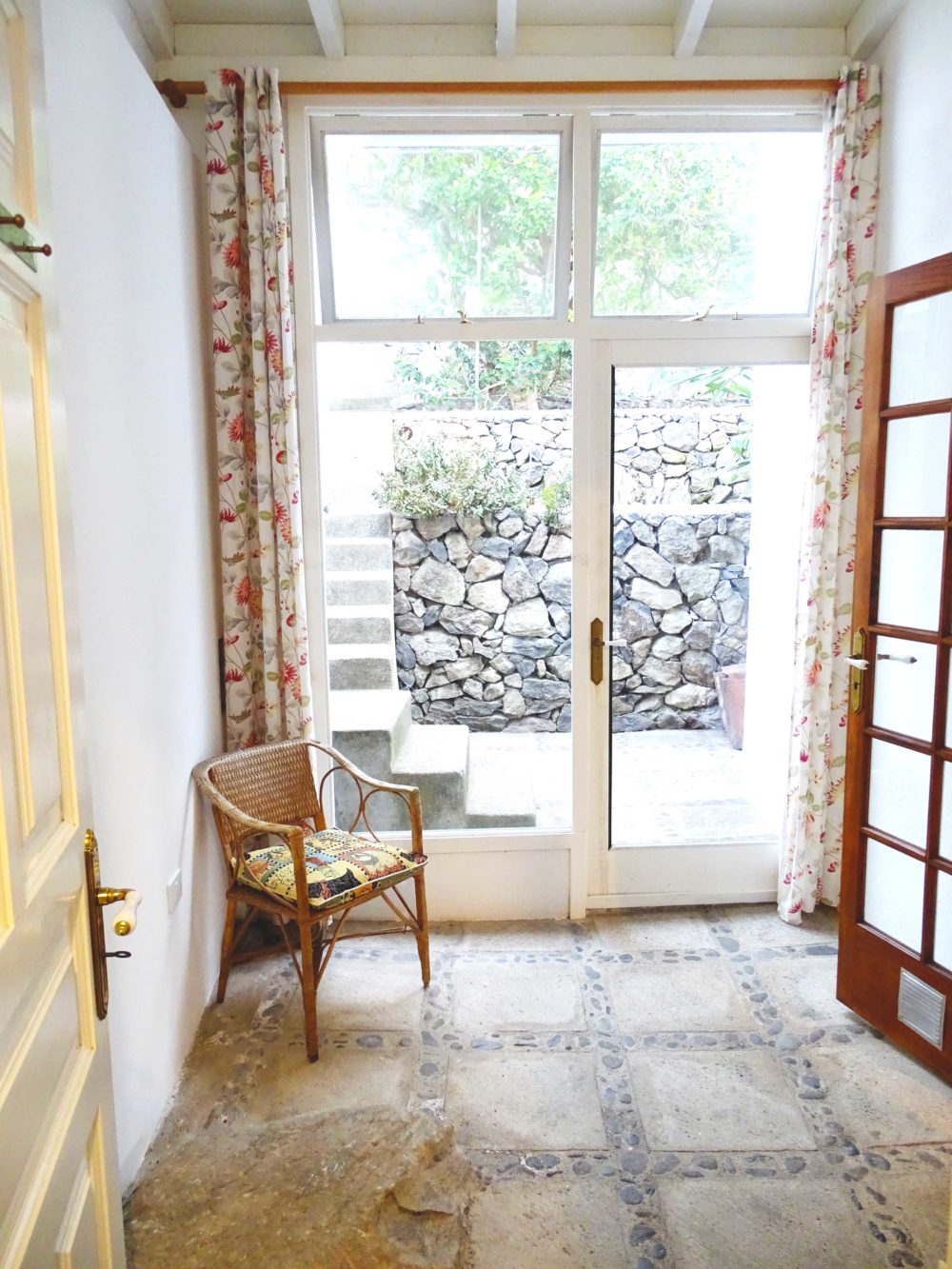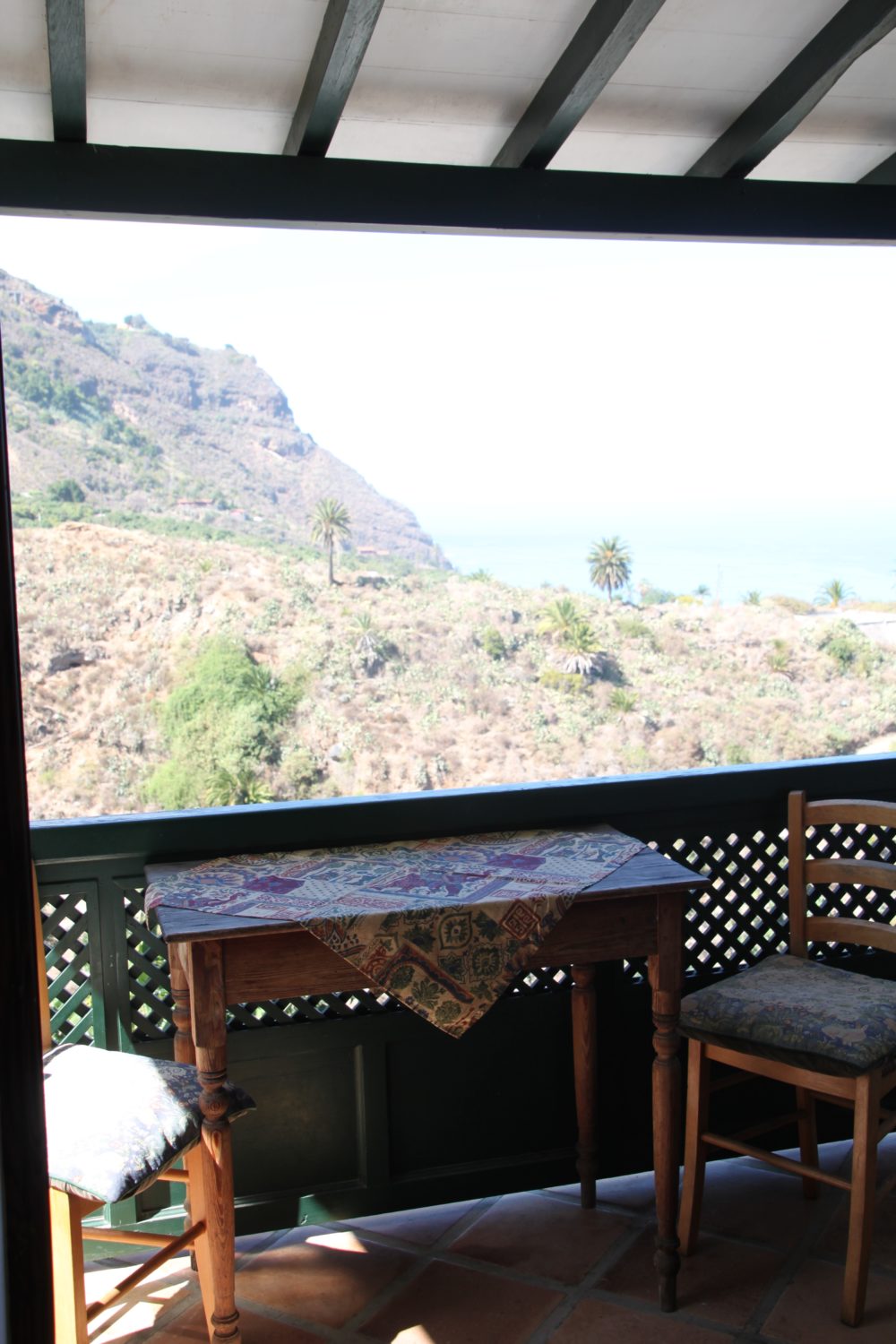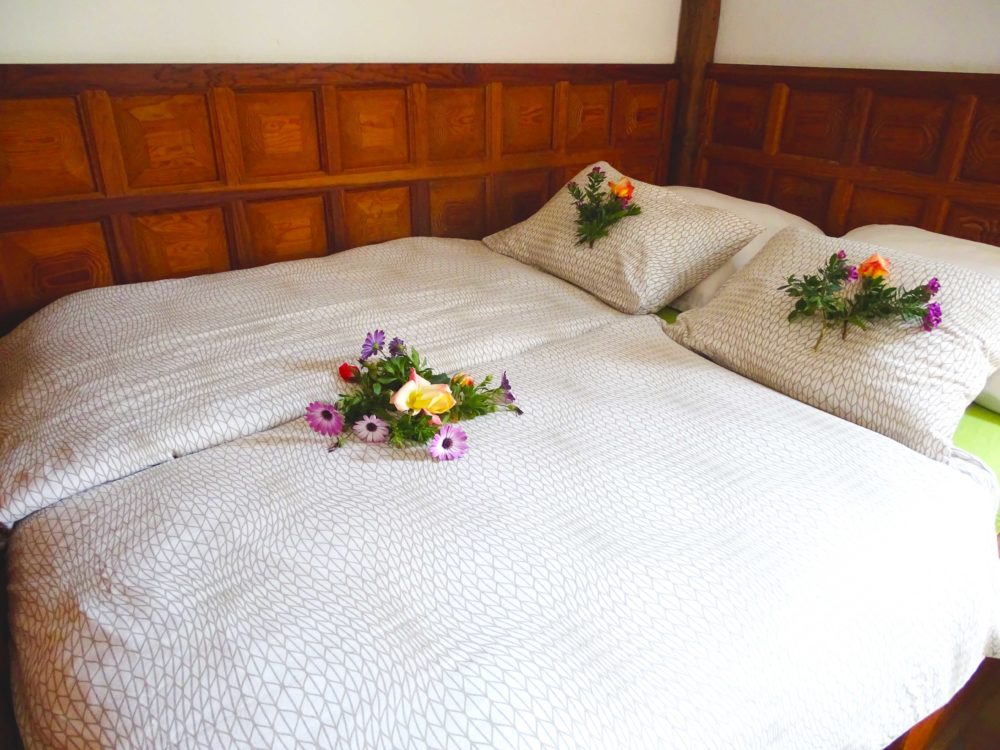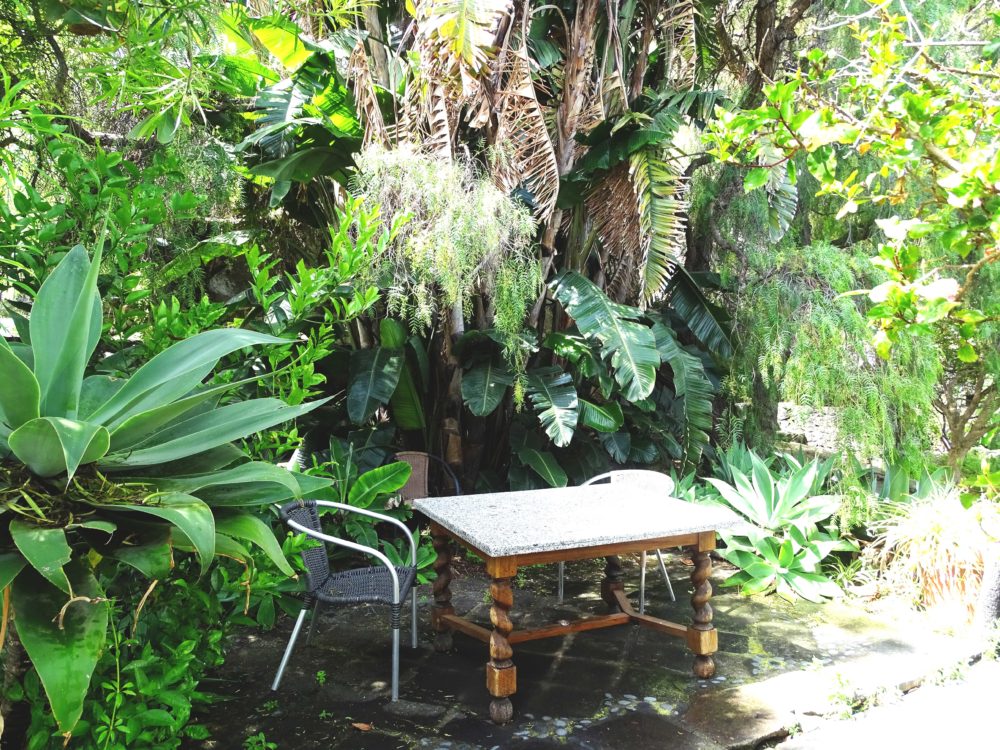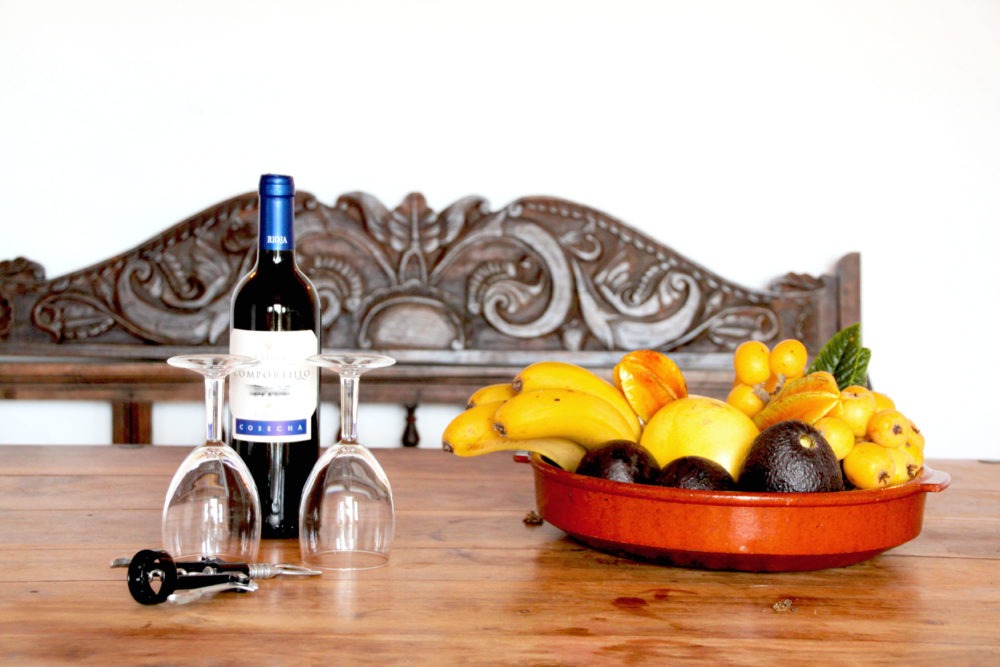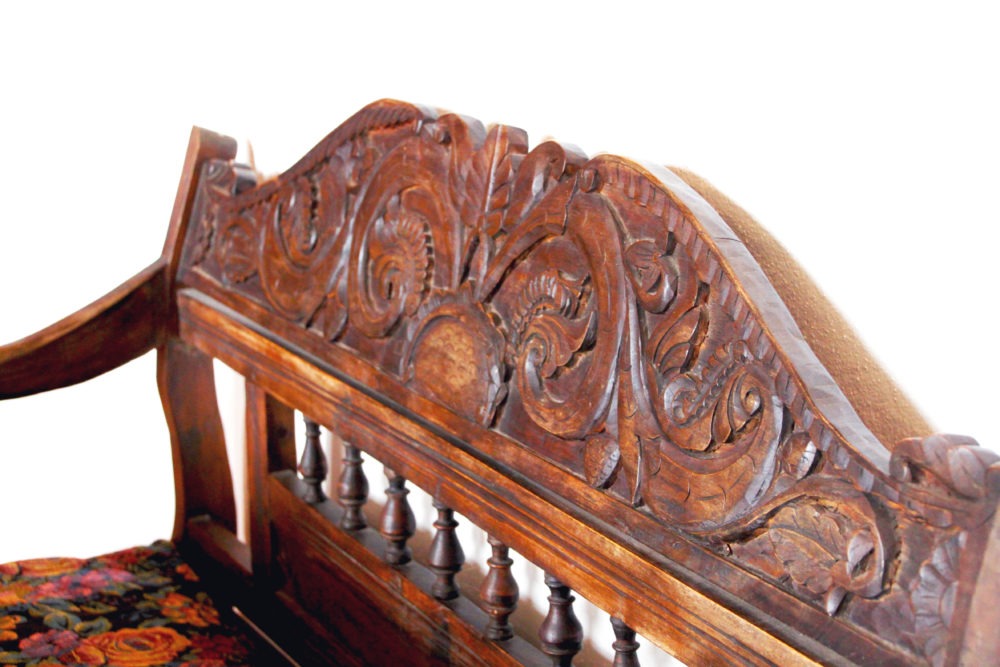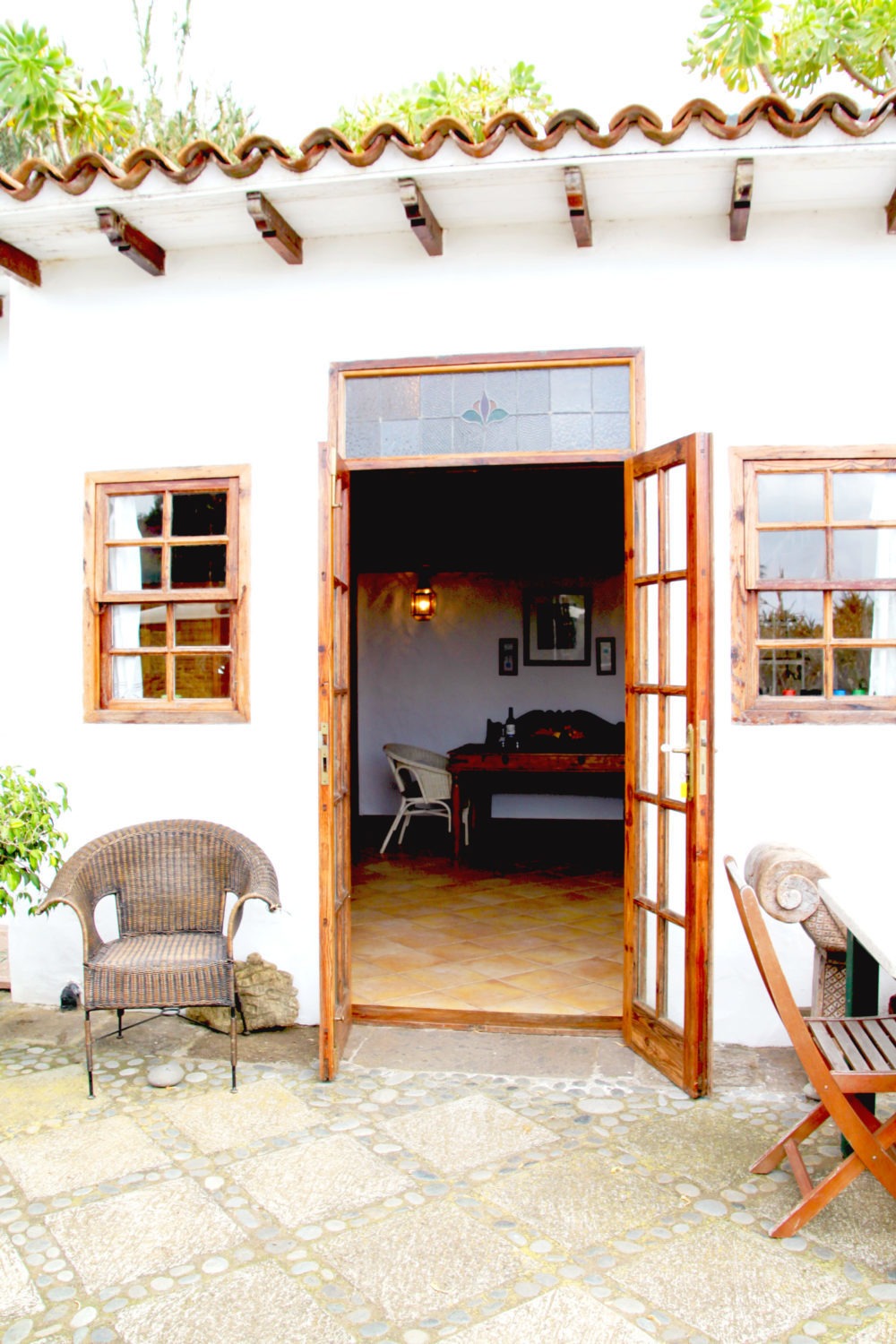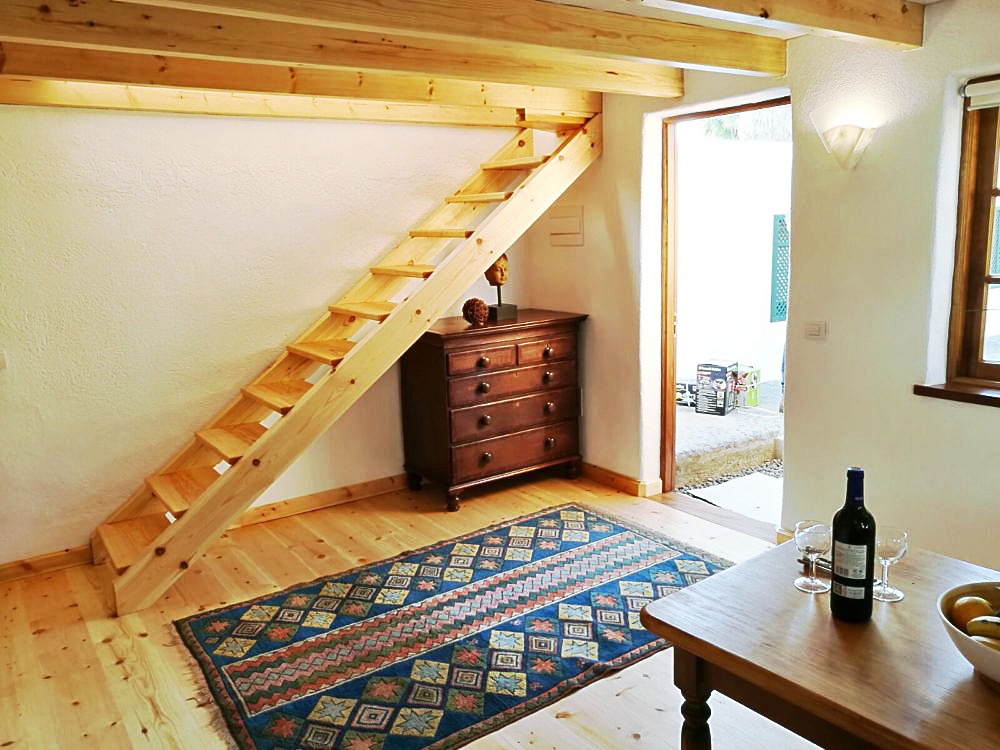Cydonia oblonga
QUITTE
Englische Bezeichnung: Quince
Spanische Bezeichnung: Membrillo
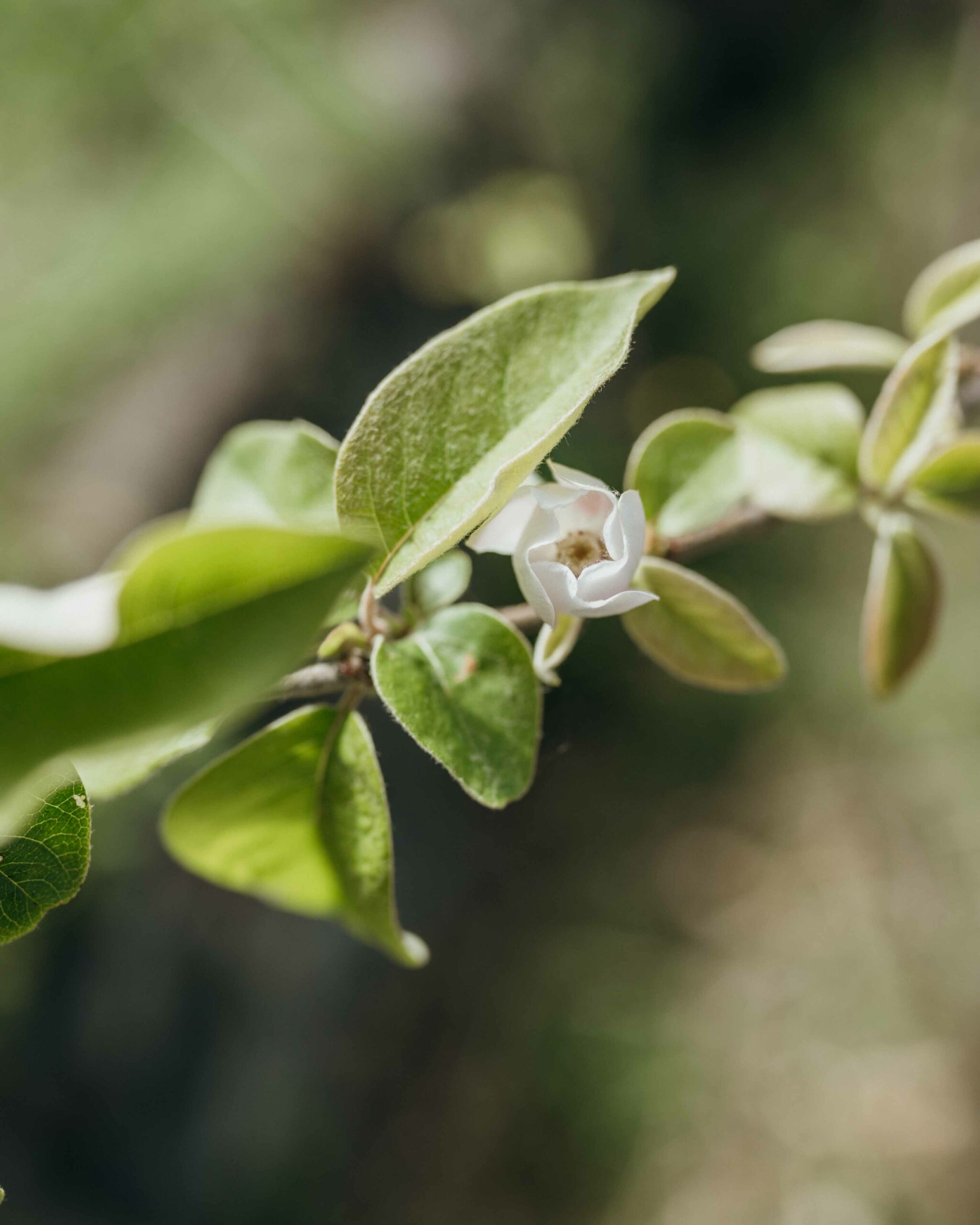
Familie
Rosengewächse (Rosaceae)
Verwendbare Teile:
Frucht
Hauptbestandteile:
Mineralstoffe: Eisen, Kalium, Calcium
Vitamine: Vitamin C, Folsäure, Beta-Carotin (Provitamin A)
Sekundäre Pflanzenstoffe: Antioxidantien (Quercetin), Pektin, Gerbstoffe
Ernte-Hinweise:
Ihre Reife erkennt man am Farbwechsel von grün auf gelb. Wenn sich die Schale goldgelb färbt und ihren Flaum verliert, ist es Zeit für die Ernte.
Verwendung:
Marmelade, Chutney, Quittensuppe, Gelee, Saft
Die griechische Stadt Kydonia im Nordwesten der Insel Kreta gab der Gattung Cydonia ihren Namen. Bei Griechen und Römern galt die Quitte als ein Symbol der Liebe und der Fruchtbarkeit.
Roh kann man Quitten nicht essen, aber Ausnahmen bestätigen auch hier die Regel, denn einige der weltweit etwa 200 Quittensorten kann man auch wie einen Apfel direkt vom Baum vernaschen. Bei den meisten der bei uns erhältlichen Quitten wäre das beherzte Reinbeißen allerdings fatal, denn sie sind steinhart und müssen grundsätzlich gekocht werden, um genießbar zu sein.
Family
Rose family (Rosaceae)
Usable parts:
Fruit
Main components:
Minerals: iron, potassium, calcium
Vitamins: Vitamin C, folic acid, beta-carotene (provitamin A)
Secondary plant substances: antioxidants (quercetin), pectin, tannins
Harvesting guideline:
Their ripeness can be recognised by the colour change from green to yellow. When the skin turns golden yellow and loses its fuzz, it is time to harvest.
Use:
Jam, chutney, quince soup, jelly, juice
The Greek town of Kydonia in the north-west of the island of Crete gave the genus Cydonia its name. The Greeks and Romans regarded the quince as a symbol of love and fertility.
Quinces cannot be eaten raw, but exceptions prove the rule here too, as some of the 200 or so varieties of quince worldwide can be eaten straight from the tree like an apple. However, biting into most of the quinces available here would be fatal, as they are rock-hard and must be cooked to be edible.
Familia
Rosal (Rosaceae)
Partes utilizables:
Fruta
Componentes principales:
Minerales: hierro, potasio, calcio
Vitaminas: Vitamina C, ácido fólico, betacaroteno (provitamina A
Sustancias vegetales secundarias: antioxidantes (quercetina), pectina, taninos
Guía de cosecha:
Su madurez se reconoce por el cambio de color de verde a amarillo. Cuando la piel se vuelve amarillo dorado y pierde la pelusilla, es el momento de cosecharlas.
Uso:
Mermelada, chutney, membrillo, jalea, zumo
La ciudad griega de Kydonia, en el noroeste de la isla de Creta, dio nombre al género Cydonia. Griegos y romanos consideraban el membrillo un símbolo de amor y fertilidad.
Los membrillos no pueden comerse crudos, pero también en este caso hay excepciones que confirman la regla, ya que algunas de las cerca de 200 variedades de membrillo que existen en el mundo pueden comerse directamente del árbol, como una manzana. Sin embargo, morder la mayoría de los membrillos disponibles aquí sería fatal, ya que son duros como piedras y deben cocinarse para ser comestibles.
